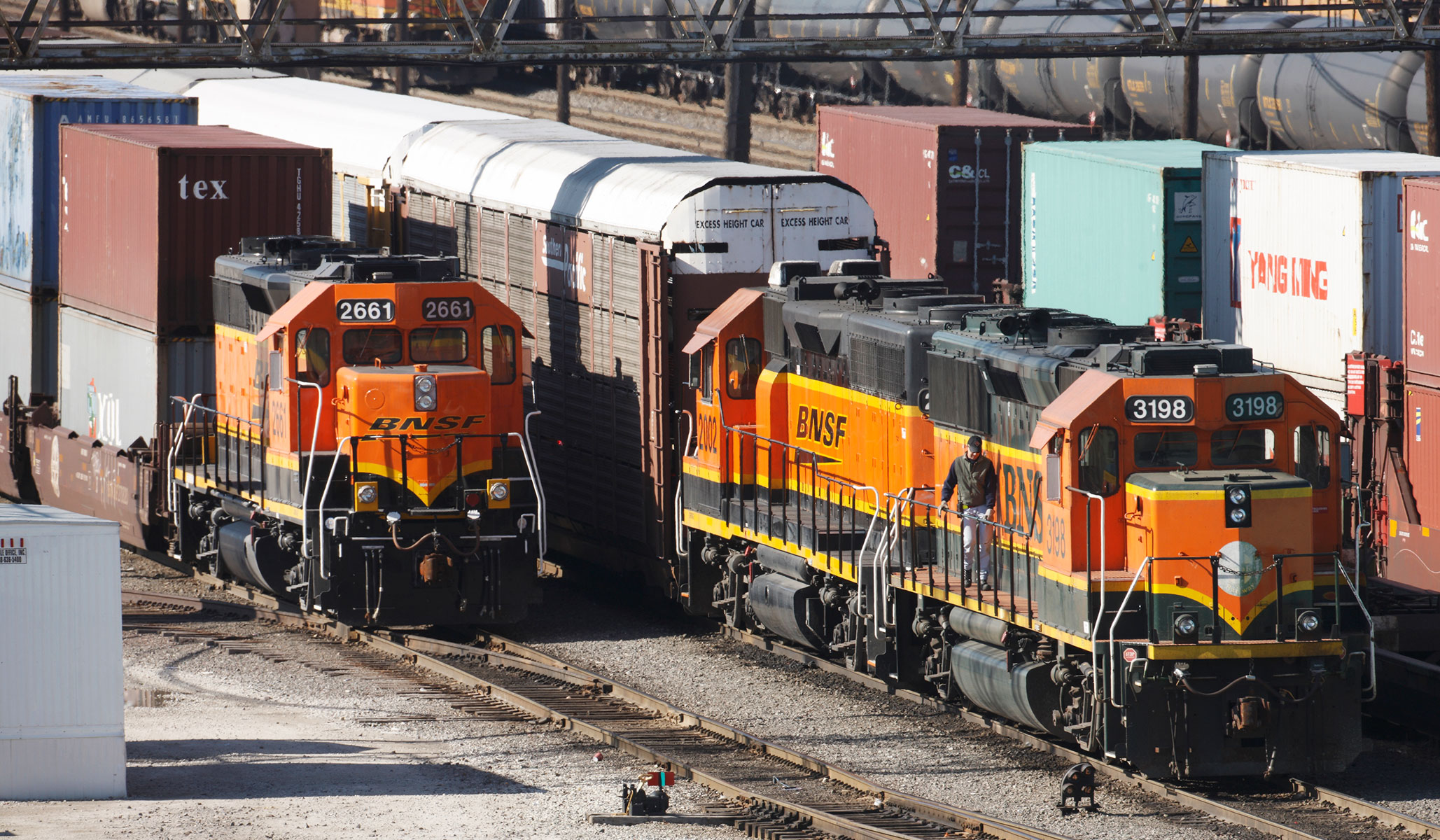


Marc Scribner, a transportation scholar at the Reason Foundation, has written an analysis of the Railway Safety Act currently being debated in Congress. He finds that the bill would be unlikely to achieve its stated goals and might even make things worse:
The approach of the Railway Safety Act violates several basic principles of sound public policy. Despite its supporters’ claim that this bill is in response to the East Palestine derailment, the legislation was assembled prior to the completion of the National Transportation Safety Board’s (NTSB) still-ongoing investigation into the causes of that accident. The bill also does not identify any market failures that could potentially justify a need for new regulations. And because the bill does not require regulators to consider real-world costs and tradeoffs, there is nothing to prevent regulators from promulgating rules that will perversely reduce transportation safety. In short, this is a sloppily written piece of legislation that is destined to fail to achieve its stated goal of improving safety.
This is unfortunate because, as Scribner notes, Congress has been successful on railroad regulatory policy in the past, and trains have become much safer than they used to be:
A better approach would start with recognizing the actual determinants of rail safety, which generally align regulation with railroads’ economic incentives. Congress needs only to look at its own past work on this subject. After decades of excessive economic regulation nearly destroyed the railroad industry in the United States, Congress responded with deregulatory measures, culminating in the Staggers Rail Act of 1980. The Staggers Act helped reverse U.S. freight rail’s decline and has encouraged hundreds of billions of dollars in private investment since its enactment.
Even though the Staggers Act focused on economic regulation, large safety gains followed in its wake. Since its enactment, the U.S. has seen a 75% decline in train accident rates and an 85% decline in employee injuries and occupational illnesses. Economists have attributed this dramatic safety turnaround to partial economic deregulation rather than an increase in direct safety regulation. A 2016 study published in the Review of Industrial Organization found that “Staggers may be responsible for most of the reduction in the accident rate from its 1978 high” and that “[Federal Railroad Administration safety] regulatory restrictions that have been adopted since the Staggers Act, however, are not associated with improved safety.”
In 2022, human error was the leading cause of derailments, with track defects in second. As Scribner outlined in testimony to the House Subcommittee on Railroads, Pipelines, and Hazardous Materials last week, the most promising way to further improve rail’s already impressive safety record is through automation.
That includes automated track inspection, which is already in development and demonstrating positive results. It will also, in the future, include automated train operations. Scribner said automation might begin in railyards for shunting operations, which is where most derailments currently occur. He also pointed to a mining company in Western Australia that in 2019 began automated operation, loading, and unloading of 1.5-mile-long trains that travel 500 miles. In more populated areas, there’s a Belgian company that has signed a contract to operate remote-controlled trains between the Netherlands and Germany.
That timeline of safety improvement, through technological innovation that goes beyond what regulations stipulate, is occurring parallel to Congress’s conversation about the Railway Safety Act. There is little overlap between what is actually happening in the rail industry to improve safety and the provisions of this bill, which have little to do with what caused the accident in East Palestine, Ohio, or the causes of most rail accidents in the U.S. The most telling portion of the bill in that respect is the two-man crew-size mandate, which is a long-standing demand of railroad unions that the FRA dismissed during the Trump administration due to lack of evidence it would improve safety. Soon after the accident, Secretary of Transportation Pete Buttigieg was using it as an occasion to push unrelated progressive priorities, only to have some Republicans support some of those same ideas.
Politicians have engaged in a pattern of behavior typical to Washington. They have used a real but isolated and sensationalized event to invent a generalized and exaggerated problem, then proposed legislation to solve the problem they invented. (We see this often from gun-control advocates.) Naturally, since the generalized problem is invented, the solutions aren’t really solutions and could make things worse. But those who question the wisdom of the solutions are then branded as not caring about the problem. If the solutions are passed into law, the politicians get to pat themselves on the back as problem-solvers, which is one of the most desirable labels in politics.
Never mind that it’s unclear what the problem is, or how the solutions will help — politicians “did something,” and that’s the point.
